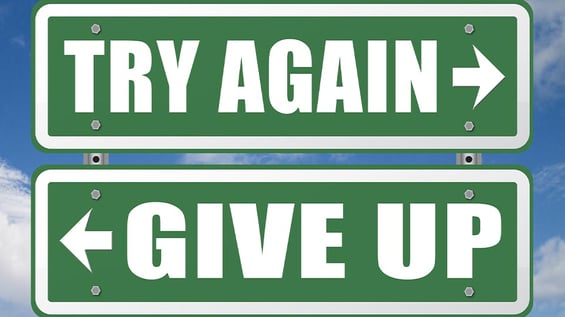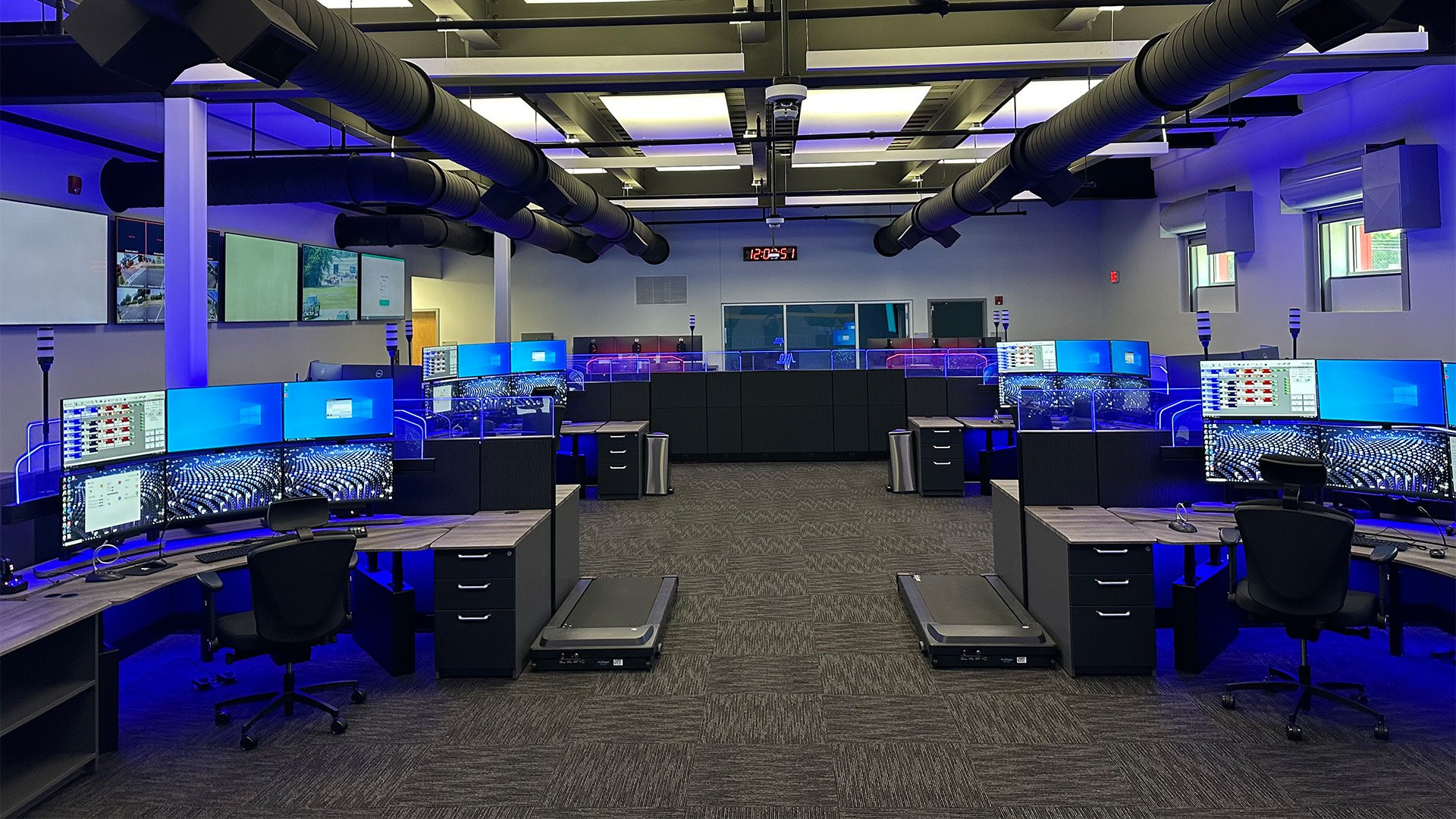
Jan. 19, 2021, was Quitter’s Day. That’s the day most of us gave up our New Year’s resolutions—and that includes me. My new-year-new-you aspirations included riding my bike 10 miles a day. Every day. But then I missed a day due to weather. Another day lost to meetings. And the new regimen rapidly fell away.
What went wrong? While my goal was specific, it wasn’t realistic. I would have been better off to schedule 3 bike rides a week. While I admit I’m not an expert in human behavior, I know that when we try to do too much—in extreme fashion—we’re often doomed to fail.
What I suggest is that you tweak your doomed resolutions to focus on improving your overall health and fitness. You’ll sleep better, be more alert on the job, be more patient with friends and family, and look better. How’s that for a great start to the New Year?
Take a Stand
You’ve got a sit-to-stand desk, so make sure you’re using it. If it hasn’t worked for you in the past, try again. It’s not all or nothing. You can start by standing for 30 minutes or an hour at the beginning of your shift or after your lunch break. Then work up towards alternating sitting and standing throughout the day.
You’ll find some great recommendations in our “How Much and How Long Should I Sit or Stand at My Desk” blog. I’m not going to preach that sitting is the new smoking but standing at your desk does offer proven benefits to your health, mood and productivity. For starters, the National Institutes of Health reports that each hour the average 170 lb. person burns 134 calories sitting and 206 standing. That’s 72 calories for you to spend on an orange…or 1/3 of a Snickers bar!
Make 1 Ergonomic Change
The first time someone walked me through the ergonomics of sitting and standing at a desk, I thought, “You have to be kidding me. I’m supposed to remember/act on all this AND still work?” But once you get used to the proper desk height, viewing angle and wrist alignment, you can’t do without it.
The key is to start with the one thing that’s bothering you the most. Headaches or tired eyes? Try adjusting the focal depth and viewing angle of your monitor. Sore wrists? Focus on neutral wrist alignment and desk height. Consult my Ergonomic Design series for details.
- Ergonomic Design: Protecting Your Eyes, Neck, & Shoulders
- Ergonomic Design: Protecting Your Shoulders & Wrists
- Ergonomic Design: Protecting Your Lower Body with Leg Clearance & Posture
If you focus on the change for a few days and start to see success, you’re on your way to establishing a new habit. Once neutral wrist alignment becomes second nature, start working on your posture, for example. As with alternating sitting and standing, you can enhance your health and productivity with the right ergonomic setup.
I hope I’ve inspired you to resurrect your New Year’s resolutions. Feel free to call us for advice on your standing desk or ergonomic setup anytime. Plus, see the Ergonomics section of our YouTube channel to see these tweaks in action.



